Shawdesh desk:
In a recently leaked phone conversation, deposed autocratic Prime Minister Sheikh Hasina, who hurriedly fled to neighbouring India on 5 August 2024 to escape the wrath of the countrymen she had long suppressed, cryptically declared to an Awami League leader in the United States, “I am not far away. I am very close to the country so that I can enter anytime quickly.”
This statement, viewed by critics and opponents of the Awami League – as well as much of the populace – as a mere political gimmick from the fallen dictator, has become a subject of ridicule. Many doubt whether Hasina has the courage to face the people or fight the legal processes initiated against her.
Given the present hostile political environment, enormous legal hurdles, widespread public resentment and her tendency to flee, it seems highly unlikely that Hasina could even attempt a return to the country. In fact, her party, the Awami League, now seems politically irrelevant. However, the question of whether Hasina could follow in the footsteps of other fallen dictators who have managed to reclaim power, if the present interim government or the subsequent democratically-elected government fails to uphold the ideals of the July 2024 revolution, cannot be completely ruled out.
Why Do Dictators Make a Comeback?
History has shown that dictators do not always fade into obscurity after being ousted. The return of fallen autocrats is neither a global trend to watch for, nor is it a rarity. In many countries where democracy is still in developmental stage, or the political transformation is still ongoing, dictators – or their proxies – always know how to come back. It can be done through active political participation or through secret lobbying. In more stable democracies, however, overthrown dictators usually get marginalised and become a non-entity.
One of the main reasons dictators manage to make a return is the enduring power structures they leave behind. Loyalists within the military, civil service or business elite often retain significant influence, providing a foundation for a potential political comeback. Furthermore, the weakening of democratic institutions after a dictator’s removal can create opportunities for their return.
If a new government struggles with political or economic crises, a power vacuum can develop, which may lead to nostalgia for the former regime and the possibility of a resurgence. Additionally, weak accountability systems often allow deposed leaders to avoid justice, taking advantage of fragile political transitions under the guise of restoring stability or national unity.
Examples of Fallen Dictators Returning to Power
One of the most notable examples is Ferdinand Marcos of the Philippines. After being overthrown in 1986 during the People Power Revolution, Marcos went into exile. However, his family later re-entered politics, culminating in his son, Ferdinand “Bongbong” Marcos Jr., being elected President in 2022. His return was driven by dissatisfaction with the post-Marcos administrations, the continued support of the elite, and a rebranding of his father’s legacy.
In Haiti, Jean-Claude “Baby Doc” Duvalier made a comeback in 2011, nearly 25 years after his ouster, revealing that the Duvalierist political influence had never fully disappeared. Similarly, in Nicaragua, Daniel Ortega, who was ousted in 1990, rebranded himself as a democrat and returned to power in 2007, where he has since consolidated his autocratic rule.
Other examples include Argentina’s Juan Domingo Perón and Pakistan’s Nawaz Sharif. Perón returned to the presidency in 1974, after a decade in exile, thanks to the enduring strength of his Peronist movement. Sharif, who was ousted multiple times, twice returned to lead Pakistan due to his popularity and extensive political networks.
HM Ershad: A Study in Political Resilience
In Bangladesh, the case of military dictator HM Ershad offers an instructive example of how a deposed autocrat can remain relevant for decades after being driven from power. Ershad, who ruled the country from 1982 to 1990 after seizing control in a bloodless coup, led a regime allegedly marked by authoritarianism, widespread corruption and the militarisation of state institutions. He was finally ousted following a mass uprising that brought together civil society, students and political parties demanding democracy.
However, Ershad’s political career did not end with his fall from power. Unlike many dictators who are cast into exile or fade into obscurity, Ershad remained in Bangladesh, positioning himself as a political survivor. His Jatiya Party, which had been a vehicle for his authoritarian rule, continued to play a crucial role in Bangladesh’s electoral politics, often as a kingmaker in coalition governments. This political resurgence was no accident—it was the result of several key factors.
Firstly, Ershad maintained a formidable network of loyal supporters, both within the political class and among the public. As several historians and political analysts in their books claimed, these networks, particularly within the military and bureaucracy, did not disappear after his ouster. His loyalists retained influence and continued to support his political manoeuvres even in opposition. They also highlighted how Ershad’s patron-client relationships allowed him to remain a pivotal figure in the country’s political structure despite his removal from power.
Secondly, the fractured political environment in Bangladesh, characterised by bitter rivalry between the two major parties – Awami League and BNP – enabled Ershad to position himself as a power broker. Both parties sought his support at various times to form coalitions, further ensuring his continued relevance. His political acumen allowed him to manipulate this dynamic, swinging his party’s support as needed to stay in the political conversation.
Moreover, despite his controversial rule, Ershad retained a strong base of popular support in certain regions of Bangladesh, particularly in the Rangpur division. Ershad’s sustained electoral success, winning every parliamentary contest he stood for, was a testament to the strength of his political networks and his ability to remain relevant even after imprisonment. His continued electoral victories cemented his position as an enduring figure in Bangladeshi politics. Unlike many dictators who become politically irrelevant after being deposed, Ershad not only survived but thrived, using his unique position to remain a central figure in national politics until his death in 2019.
Sheikh Hasina: A Complicated Road to Redemption
The case of Sheikh Hasina, Bangladesh’s longest-serving prime minister until her ouster in August 2024, presents a different and more complex scenario. After years of consolidating power, silencing dissent and being accused of human rights abuses, Hasina was forced from office during the July Revolution – a student-led uprising demanding democratic reforms and an end to autocracy.
While history might suggest Hasina could plot a comeback, the political environment she faces is fraught with difficulties. Her fall was not just a political defeat – it was a complete repudiation by a broad segment of the population, particularly the youth. Unlike Ershad, who retained regional support and managed to leverage political alliances, Hasina’s departure has left her party in disarray.
Public sentiment is another significant hurdle. Hasina’s rule became synonymous with brutal crackdowns, including on students and activists, making it difficult for her to rehabilitate her image. The scars from the July Revolution are likely to persist, particularly among younger generations who bore the brunt of her regime’s violence. Furthermore, Hasina fled the country, leaving her political base weakened and demoralised.
Can Sheikh Hasina Stage a Comeback?
While history has shown that deposed dictators can return to power under certain conditions, the prospect of Hasina’s political resurgence remains uncertain, in fact looks very difficult. Unlike Ershad or Ferdinand Marcos in the Philippines, who benefited from public nostalgia, elite backing, and weak accountability measures, Hasina faces a far more hostile environment.
Undoubtedly, there may be a strong base of Hasina loyalists within the military and civil administrations due to the unprecedented politicisation of key state institutions during her over-15-year unbroken grip on power and they could potentially seek ways to facilitate her return. However, the initiations of trials against her and her associates on charges of corruption, murders and crimes against humanity committed during her prolonged tenure, coupled with a population that largely rejected her regime, present formidable obstacles to any comeback bid. Even if she were to attempt a return, the rebuilding of democratic institutions and the strengthening of the judiciary in post-revolutionary Bangladesh will make it far more difficult for her to sail through the political environment.
_______________________________________
The writer is News Editor of the Daily Sun


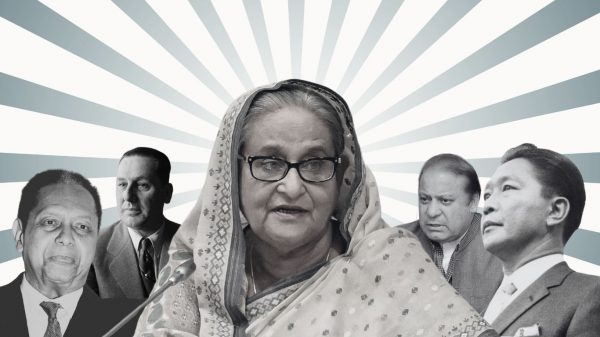
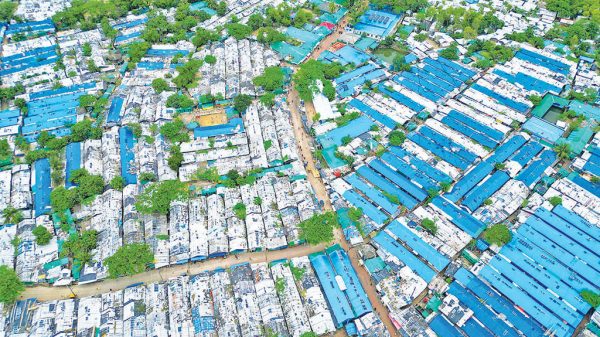
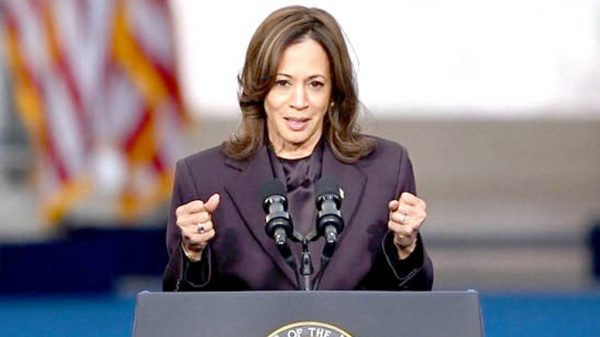


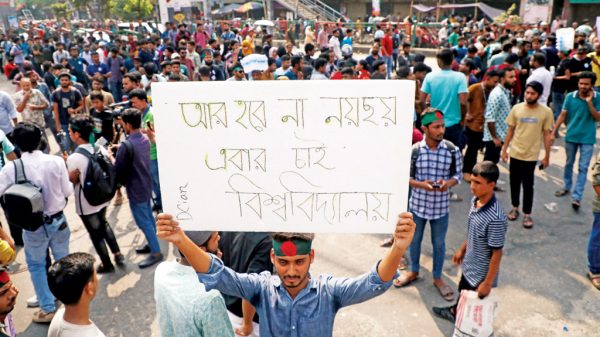
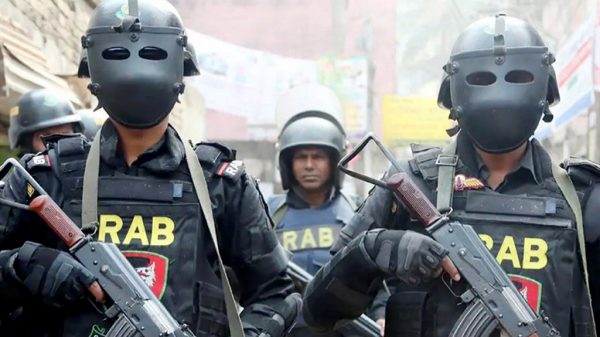

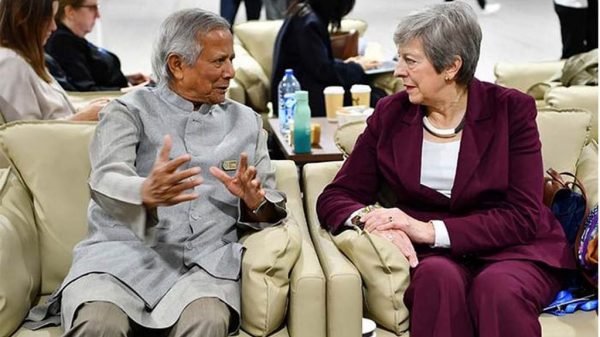
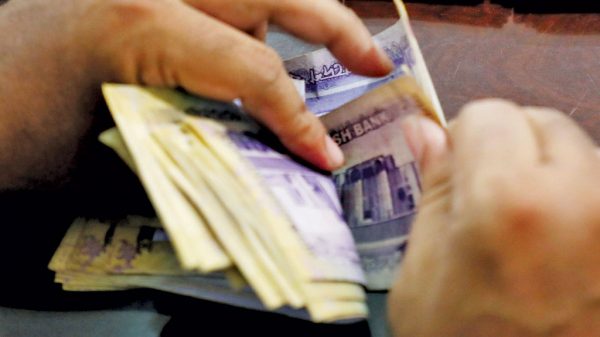

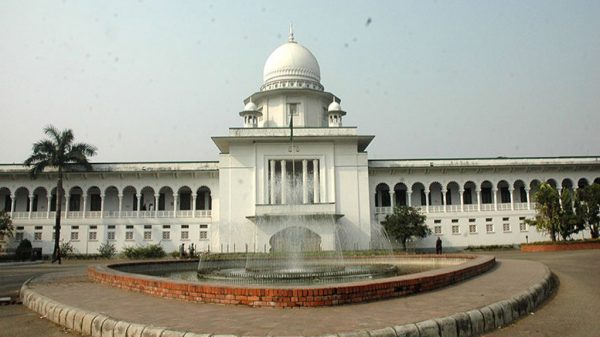
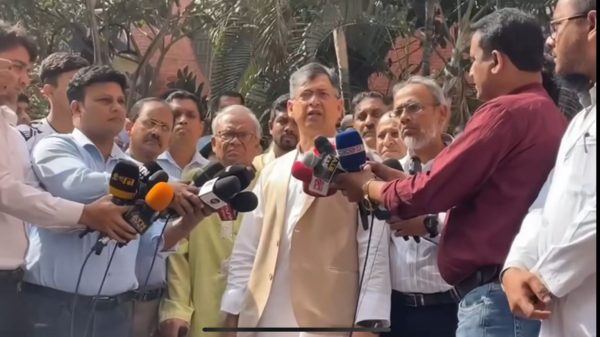
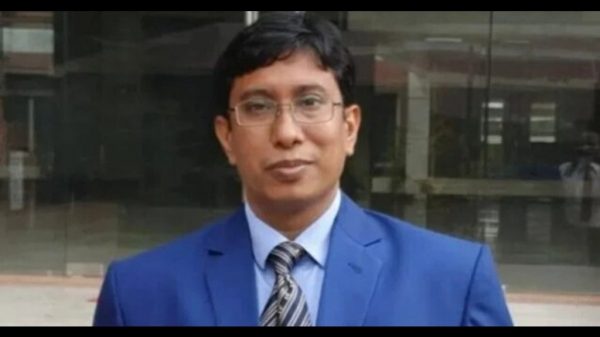
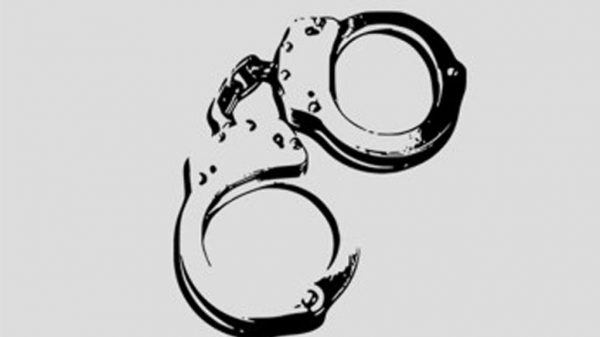
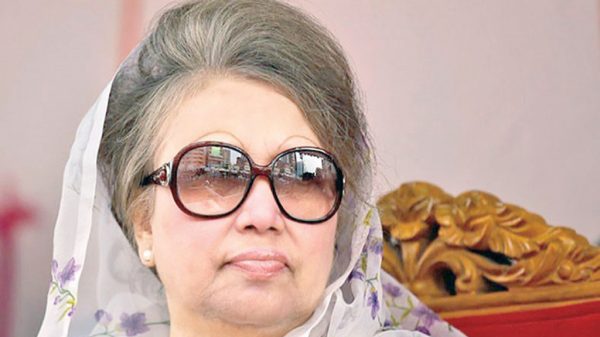











Leave a Reply